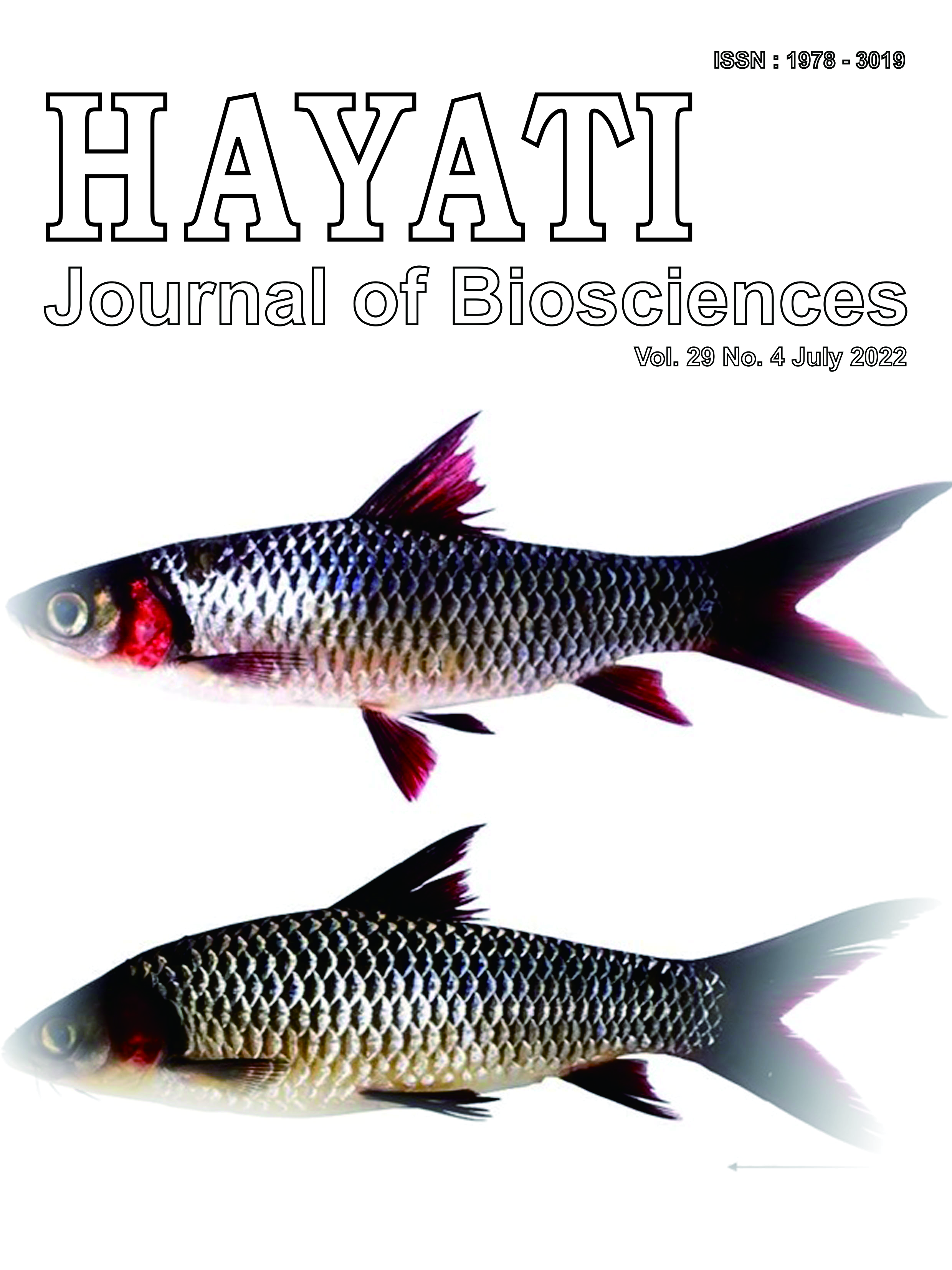Adaptive Mangrove Ecosystem Rehabilitation Plan based on Coastal Typology and Ecological Dynamics Approach
Abstract
Mangrove rehabilitation has implications for important ecological, social and economic values for coastal communities. The mangroves ecosystem Karawang Regency is still under pressure due to the management and utilization that does not pay attention to the sustainability aspect. The rehabilitation plan to mangrove management must be adapted to the nature and characteristics of the habitat. This study aims to formulate technical considerations for the direction of a rehabilitation plan based on an ecological approach and the dynamics of the mangrove ecosystem. The methods used in this study were geospatial approach that integrated with field quanitative and qualitative data. The results show that the total of mangrove potential area in Karawang Regency was 19,139.53 ha, consisting of 421.95 ha (2.2%) of vegetated area and 18,717.58 ha (97.8%) of unvegetated area. We integrate mangrove typology, mangrove stand density, physical parameters, and land use as the basis for determining the direction of rehabilitation planning. In the estuarine deltaic mangrove typology, we aim at protecting with natural regeneration. In infringe areas, we recommend constructing natural coastal structures before planting. On the backward for intensive planting. Furthermore, mangroves with low density, medium density, and high density are recommended for planting, species enrichment, and protecting respectively, and on the pond with implementing the mixed mangrove-aquaculture system to bridge between rehabilitation effort and economic needs of coastal communities.
Downloads
Copyright (c) 2022 Aswin Rahadian, Cecep Kusmana, Yudi Setiawan, Lilik Budi Prasetyo

This work is licensed under a Creative Commons Attribution-NonCommercial 4.0 International License.
HAYATI J Biosci is an open access journal and the article's license is CC-BY-NC. This license lets others distribute, remix, tweak, and build upon author's work, as long as they credit the original creation. Authors retain copyright and grant the journal/publisher non exclusive publishing rights with the work simultaneously licensed under a https://creativecommons.org/

























.png) IPB University
IPB University Department of Biology
Department of Biology The Indonesian Biological Society
The Indonesian Biological Society 

